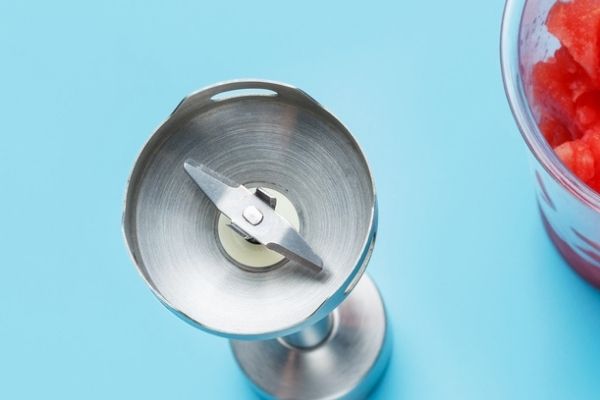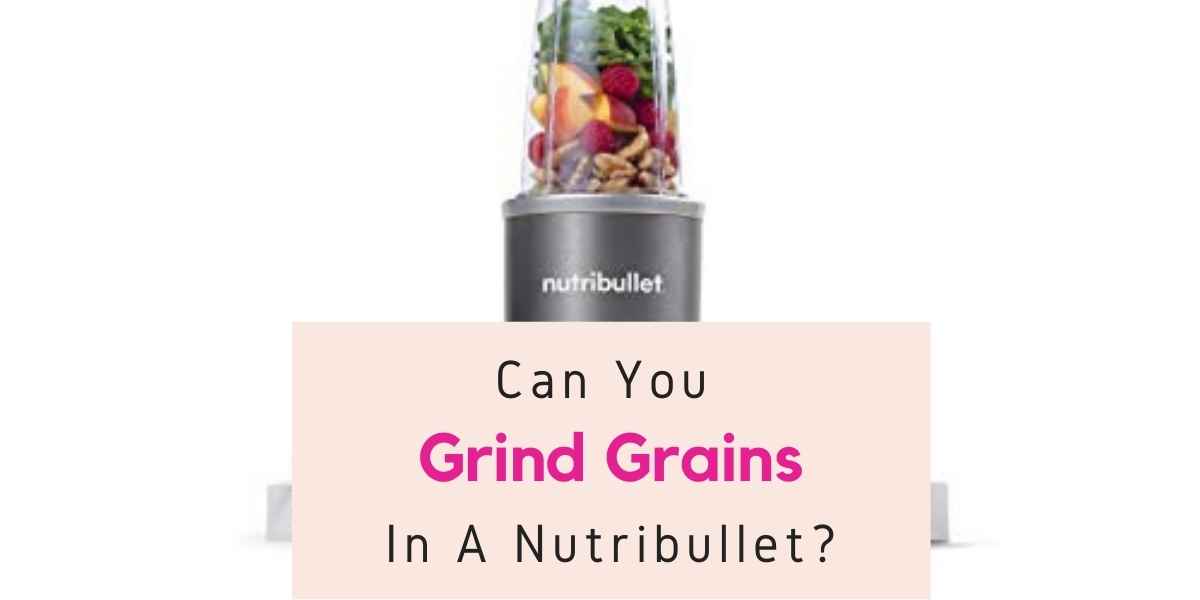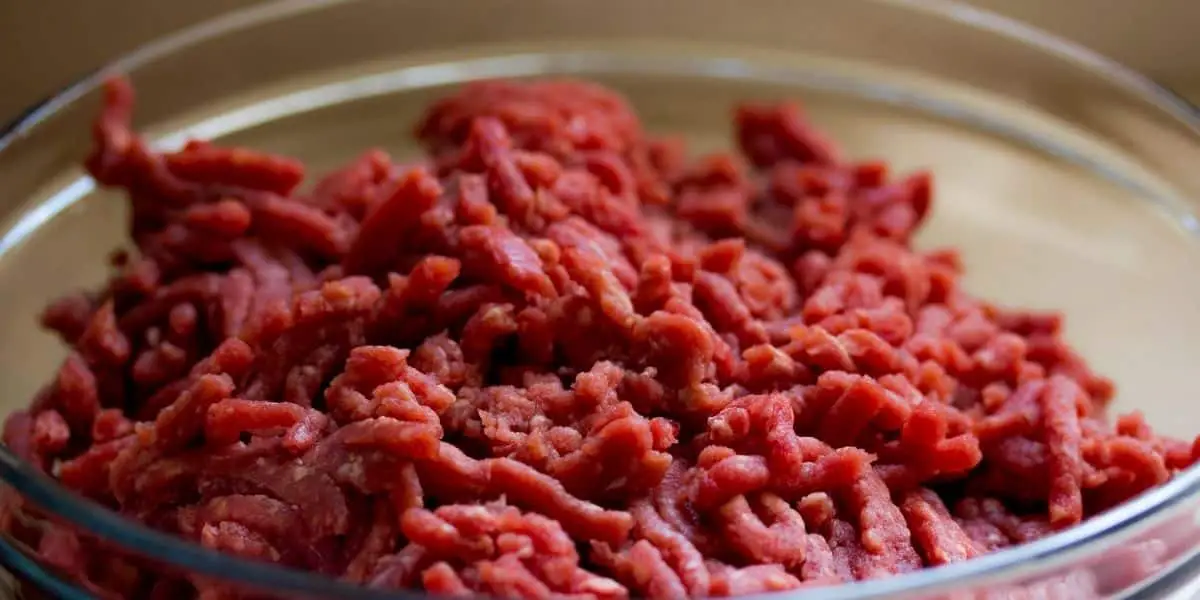Blenders are an essential kitchen appliance for many people. They come in all shapes and sizes, with different types of blades to suit different needs.
Some blades can chop or grind your ingredients into a puree while others just whip them around to create the perfect smoothie consistency.
It is important to know what you need before making a purchase so that you make the right choice for your needs.
In this post, let us learn about the types of blender blades and their uses.
Different Types Of Blades And Their Uses
There are many different types of blades in blender. Some are more common than others but they can differ greatly in their capabilities and applications. Let’s learn more about the difference in blender blades
Cross Blade
The most common type of blade is the “pencil sharpener” or cross-blade which has two pointed edges at 90 degrees to each other.
This design allows it to scrape the sides of your blender so you get all of your ingredients blended without leaving any chunks behind. It is the most effective blade for making smoothies, milkshakes, baby purees, and anything that needs a finer consistency.
However, it cannot chop items like nuts or grate cheese very well due to its smaller surface area; though there are some models on the market with wider blades for this purpose.
Chopping Blade
Blenders come with different types of blades, the second one being the “grinding” or “chopping” blade that has a single, wider edge. This type of blade is perfect for tasks like chopping nuts, grating cheese, and pureeing vegetables for soups as it has more contact with the ingredients.
However, it is not the ideal blade for making smoothies or milkshakes that require a finer consistency. For these tasks, cross blades are more effective and should be used instead of chopping blades.
Mincer Or Flaker Grater

The mincer or flaker grater is the third type of blade that is designed without angled edges, resembling an oversized pencil sharpener. It has two parallel straight cutting blades, ideal for grating ingredients like Parmesan cheese or vegetables to use in a soup.
As the blades are narrower compared to the cross blade, they cannot scrape all the ingredients from the blender’s sides, which makes them unsuitable for smoothies and milkshakes. Therefore, it is recommended to use a separate mincing attachment with your blender.
Whipping Blade
The whipping blade, with its star-shaped design and multiple points, is the last type of blade. It is used to mix and whip ingredients together rather than chop or grate them. This makes it ideal for making sauces and purees, as chopping or grating can cause heat build-up that may burn your food.
However, the whipping blade cannot produce as fine of a puree as the cross blade, although it is more versatile.
Which Blender Blade To Use?
It is important to remember that not all blender blades are designed for the same tasks. Items like Nutella or peanut butter may be difficult to make in a blender with a cross blade but come out perfectly with one equipped with chopping blades.
Some models even have two different types of blades, one for whipping and another for mincing. The choice between these different blender blades really comes down to personal preference as they all serve their own uses.
If you are unsure what kind of blade your blender has it is best to contact the manufacturer directly before making any purchases online unless otherwise specified within the product description.
How Do Blender Blades Work?
Blender blades work by rotating at high speeds and using their sharp edges to chop and blend food ingredients. The blades are typically made of stainless steel and come in different shapes and sizes depending on the blender’s design.
When the blender is turned on, the motor spins the blades at a high speed, creating a vortex inside the blender jar. The sharp edges of the blades cut through the food ingredients and push them towards the sides of the jar, where they are then forced back towards the center. This continuous motion of cutting and pushing blends and mixes the ingredients until they reach the desired consistency.
Blender blades are designed with different shapes and sizes to perform specific tasks. Some blades are designed to crush ice, while others are better for blending smoothies or grinding coffee beans. Some blenders even come with multiple blades that can be swapped out depending on the task at hand.
It’s important to note that blender blades can be dangerous if not handled properly. Users should always make sure the blender is turned off and unplugged before attempting to remove the blades for cleaning or maintenance. Additionally, users should never reach into the blender jar while the blades are in motion, as this can result in serious injury.
How Many Blades Are There In A Blender?
Many blenders come with 2-3 blades designed to produce different consistencies – one for smoothies, one for soups, and another which is suitable for flaky grating cheese or pureeing vegetables into baby food.
However, there are some models on the market which only come with a single blade so it is important to check before purchasing to ensure you get what you need.
There are also blenders that have an extra attachment for mincing or flaking but these are not standard features so they will usually be sold separately.
However it is important to understand that every model has different attachments; some may have two choppers while others may only have one cross blade.
These accessories allow you to use your blender for a wider range of tasks and should really be taken into consideration when making a purchase as they can make the difference between only being able to do simple blending or having much more versatility depending on which attachments come with your model.
What Is A Blender With The Most Blades?
The most blades any blender can have are 5, one for each function of your blender – liquefying, blending, whipping, pureeing, and mincing or flaking.
These are best used for heavy-duty commercial kitchens that require large batches of food to be prepared at once. Some even have attachments that allow them to grind the meat into sausages or make ice cream.
The price of these blenders can reach into the thousands but they are highly efficient and worth it if you need to make large batches of food on a regular basis.
How Long Do Blender Blades Last?
Blender blades are surprisingly sturdy and can last for a long time with proper care.
However, it is good practice to periodically inspect your blender blades to make sure they aren’t covered in rust or signs of wear. If you notice any chipping, cracks, or tears then it’s usually a good idea to change them immediately before they become a safety hazard.
Many modern blenders have stainless steel blades that last up to 10 years which means they won’t need to be changed until well after the end of the warranty period.
However, some models may require their blade assembly to be replaced every 12-18 months so always check with the manufacturer before purchasing if this is something you plan on using often.
Related Post: Why Do Blender Blades Rust?
Can You Sharpen a Blender Blade?
Yes, you can sharpen a blender blade, although it is not recommended by manufacturers. Blender blades can become dull over time due to regular use and may need to be sharpened to maintain their efficiency. However, sharpening the blades requires careful handling as they are sharp and can cause injury if mishandled.
Additionally, sharpening the blades may void the warranty on the blender. It is advisable to consult the manufacturer’s instructions or seek professional help to sharpen blender blades properly.
How To Sharpen A Blender Blade?
Here are the steps to sharpen a blender blade:
- Unplug your blender from the electrical outlet and disassemble the blade from the jar.
- Inspect the blade for any major damage or cracks. If the blade is badly damaged, it may be better to replace it rather than trying to sharpen it.
- Use a soft brush or cloth to clean off any debris or residue on the blade.
- Clamp the blade into a vise or use a pair of pliers to hold the blade securely.
- Use a metal file or sharpening stone to sharpen the blade. Place the file or sharpening stone at a 45-degree angle to the blade and move it back and forth along the edge of the blade. Repeat the process until the blade is sharp.
- Once the blade is sharpened, use a honing steel or strop to smooth out the blade and remove any burrs that may have formed during sharpening.
- After sharpening and honing the blade, clean it thoroughly with warm soapy water to remove any metal shavings or debris.
- Reassemble the blade onto the blender jar and test it to make sure it is working properly.
Note: It’s important to be cautious and follow safety measures when sharpening a blender blade, as the blades are extremely sharp and can cause injury if not handled carefully.
Conclusion – Blender Blade Types And Uses
Blender blades come in various types, each designed for specific tasks, and certain blades may be more suitable for particular foods than others, depending on the desired consistency. A blender can have anywhere between 2 to 5 blades, but most blenders have 2 or 3 types of blades.
When choosing a blender, it’s essential to consider factors such as the number of blades needed, the type of blade attachment that each model offers, and whether the blades are ideal for specific food preparations, such as making smoothies or soups.
Related Posts








